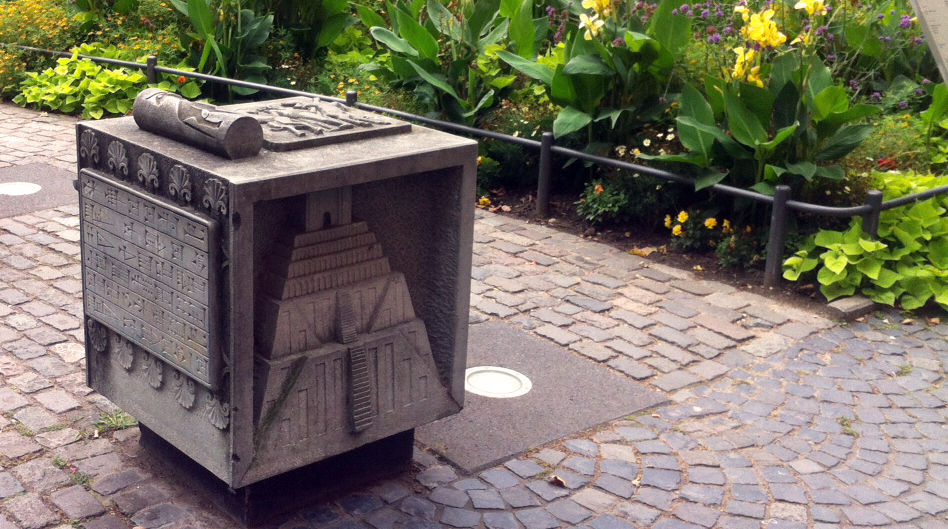As part of the constitution of the “SFB 295” (cultural and linguistic contacts) a new professorship for Ancient Near Eastern Archaeology was set up and in 1996 Eva A. Braun-Holzinger was the first to obtain it. She was not only overseeing several SFB projects regarding intercultural aspects of iconographic research, but also brought the DFG financed excavation project in Haft Tepe (Iran) under the direction of Behzad Mofidi Nasrabadi to Mainz. The professorship was established at the institute of Egyptology. The library and offices were located on campus in a former barrack building on Friedrich-von-Pfeiffer-Weg 5 in very cramped conditions.
In 2001 a new professorship for Assyriology, the most important neighboring subject of Ancient Near Eastern Archaeology, was also established at the JGU. Doris Prechel, whose research focus is on Hittite Studies and Assyriology, obtained this professorship. In 2002 the department was renamed to “Institute of Egyptology and Ancient Near Eastern Studies”.
Thanks to various acquisitions and donations, for example the personal libraries of Max Freiherr von Oppenheim and Rainer M. Boehmer, the department’s library already has quite an extensive inventory of literature concerning the Ancient Near East. The newly established study course (“Magisterstudiengang”) had two fields of study to choose from, archaeology or philology. Additionally, Ancient Near Eastern archaeology was integrated into the new B.A. study course “Archaeology” in 2003.

In 2009 Adelheid Otto was appointed E. A. Braun-Holzinger’s successor as professor of Ancient Near Eastern Archaeology at the JGU. She brought more research projects to Mainz, among them the DFG financed excavation at Tell Bazi (Syria), a French German (ANR/DFG) research project on the historical geography of Upper Mesopotamia, and participation in the international excavation project of Tell Beydar (Syria), coordinated by Aaron Schmitt and Alexander Pruß.
Dirk Wicke came to Mainz as a member of the SFB 295 and completed his doctoral studies and habilitated in 2010. Since 2007 he has had a leading rule in the excavation project in Ziyaret Tepe (Turkey). 2015 he received a professorship for Ancient Near Eastern Archaeology at the Goethe University in Frankfurt.
Behzad Mofidi Nasrabadi is still directing the DFG funded project in Haft Tepe (Iran) and habilitated in Ancient Near Eastern Archaeology in 2013.
During A. Otto’s time as professor, several spatial and organizational changes were made. 2011 the institute of Ancient Near Eastern Archaeology moved from Campus to Hegelstraße 59, which meant a lot more available (office) space on the upside but distance to Campus and all the important institutions on the downside. In 2013 the institute and several neighbouring disciplines were incorporated into the newly established “Institute of Ancient Studies” (Institut für Altertumswissenschaften/IAW).
In 2013 A. Otto received a professorship at the LMU Munich and the position stayed vacant for a year. In the winter semester of 2014/15 it was filled by Astrid Nunn as an interim solution until Alexander Pruß was appointed the new professor of Ancient Near Eastern Archaeology.
